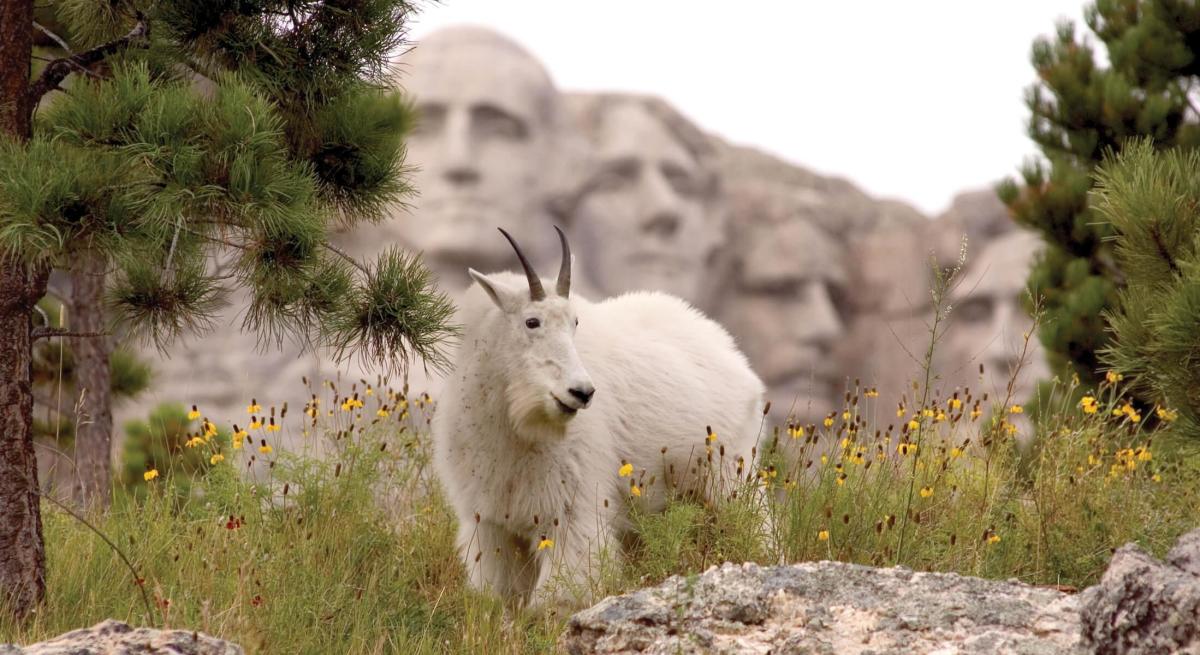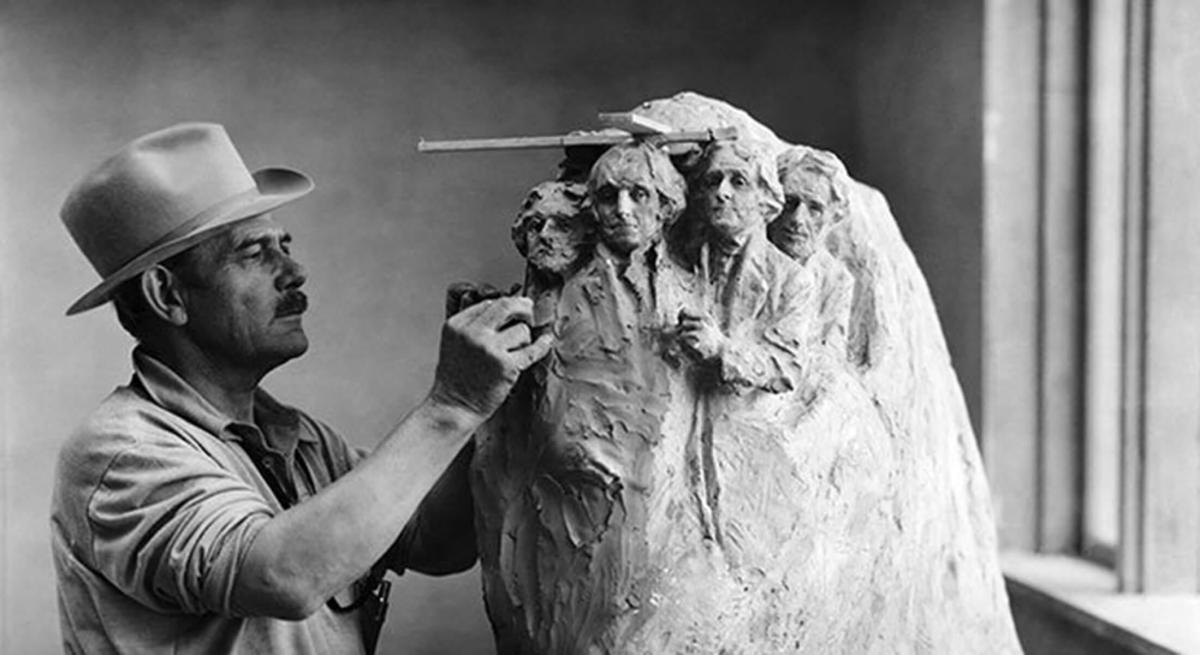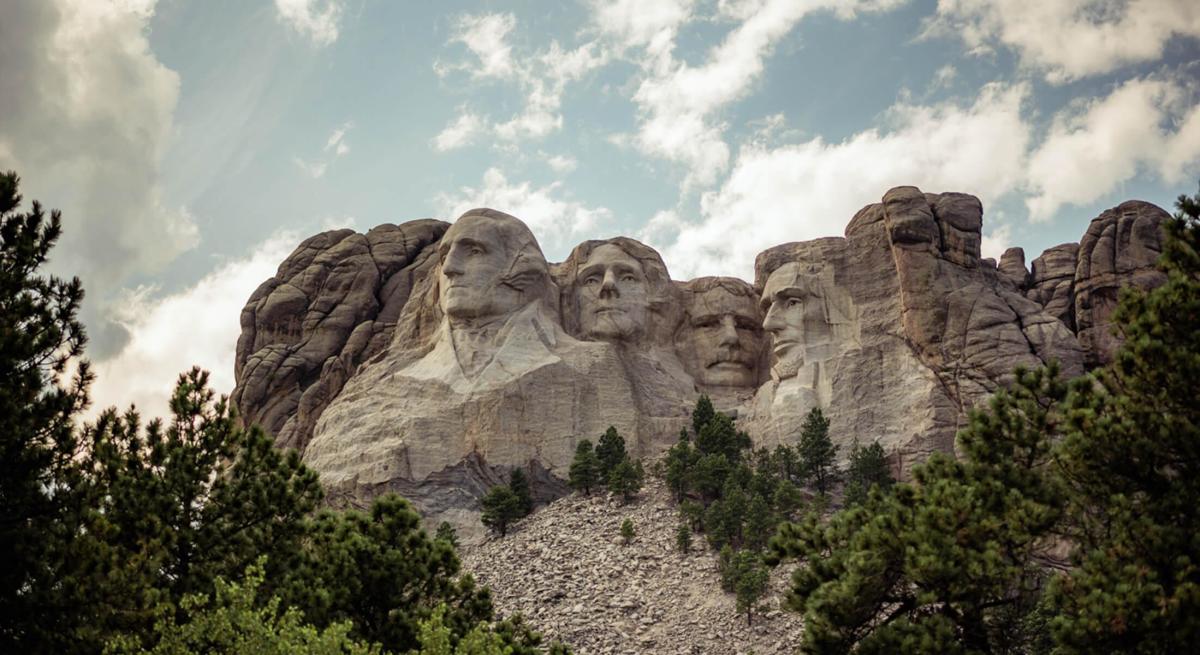Mount Rushmore is one of the most iconic memorials in the world. But its history, the good and the bad, is less known.

The Start Of Mount RUshmore
The story all begins in 1923, when a South Dakota historian named Doane Robinson envisioned creating an attraction so monumental it would draw people from all over the world to the Black Hills. He dreamt this attraction would feature the heroes of the Wild West by having them carved into the granite needles of the Black Hills. With this idea in his mind, he contacted sculptor Gutzon Borglum, who was carving Stone Mountain in Georgia. Borglum agreed to meet with Robinson, but he had one suggestion. Borglum wanted it to be bigger than Wild West heroes, he wanted something that held national significance, was relevant to this country, timeless, and a shrine to Democracy.
Immediately after getting Borglum to agree to be a part of the project, Robinson and South Dakota’s Senator, Peter Norbeck, began to secure the federal funding needed. In order to secure these funds though they had to get creative. They invited U.S. President Calvin Coolidge to come to Custer State Park for a vacation, and to keep him in the state, they had workers stock the stream every night outside of where he was staying with thousands of trout. Surprisingly, it worked just the way they wanted! The president found the fishing so great he extended his stay for two months, giving them the time they needed to convince him to fund the carving soon to be known as Mount Rushmore. In August of 1927, President Calvin Coolidge officially dedicated the project, and the work began on Mount Rushmore.

The Name
Many wonder where the name of Mount Rushmore came from.
Mount Rushmore was named after Charles E. Rushmore, an attorney who visited the Black Hills from New York. Rushmore was employed to secure mine options in the area during the Black Hills Gold Rush. It was during a visit in 1884 that Rushmore noticed the granite rock rising above neighorboring peaks. When he asked the group of men he was with what the rock was called they told him it had no name, but one member told him from that point on they would call it Rushmore Peak.
However, this mountain did have a name before Charles E. Rushmore's visit to the area. The Paha Sapa (Black Hills) are sacred to the Lakota people. Before becoming Mount Rushmore, this mountain was known as Tȟuŋkášila Šákpe, or the Six Grandfathers. The name was given to the mountain by Nicolas Black Elk, who was a Lakota medicine man.
Today, visitors to the memorial can learn about the people who created the carving, the people featured on the mountain, and the techniques used, but they can also learn about all cultures of America. The Heritage Village at the memorial, located along the the Nature Trail, highlights the customs and traditions of the Lakota, Nakota, and Dakota people and tells the story of the memorial from all angles and all sides.

Now – here are some fast fun facts about the carving for you:
- The majority of the mountain was carved during the Great Depression by Black Hills miners and settlers and most of it was carved with dynamite.
- The carvers had to climb 100 steps every morning to punch the time clock at the top of the mountain.
- It took 14 years and 400 men using dynamite, jackhammers and hand tools to blast, chisel and carve these four 60-foot faces of American presidents in the mountain.
- Gutzon Borglum died unexpectedly in 1941, leaving his son, Lincoln Borglum, to finish the final details of the memorial.
- Due to WWII, federal funding was pulled from Mount Rushmore and it was declared complete on October 31, 1941, even though it did not match the original models made by Gutzon Borglum.
Learn more about Mount Rushmore with this video!